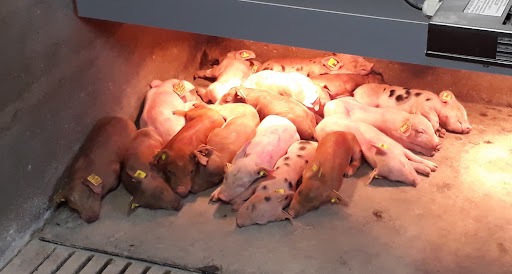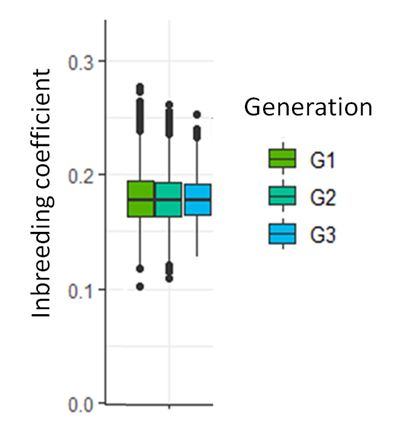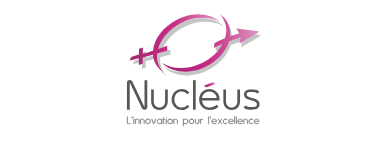News
Management of genetic variability in the Kador line

How is genetic diversity managed today? What will be the next challenges?
Genetic diversity can be understood as the presence of genetic differences between animals in a population. When the Kador line was created, the crosses between the founder breeds made it possible to obtain a strong genetic diversity within the first generation. Over the following generations, the major challenge was to maintain it. Variability is very important because if all animals become identical (cases with little or no genetic diversity) there is nothing left to select. In other words, selection is only possible if enough genetic variability is present in the population: the greater the variability, the greater the response to selection. This is the reason why it is important to properly manage the genetic diversity of the line.

An effective way to maintain genetic diversity is to minimize inbreeding. An animal is inbred when its parents are related. The closer the connection between the parents, the higher will be the inbreeding. Once the parents of the next generation are chosen (the most original ones and close to the expected racial proportions), mating plans are created to minimize the inbreeding of the next generation. Inbreeding is calculated and checked regularly using methods that take into account genomic information. The latest results indicate that inbreeding values remain at convenient levels.The challenge will be to start selection while continuing to manage genetic variability properly. Please check the upcoming news to discover more details related to the developments made in the Kador line.



